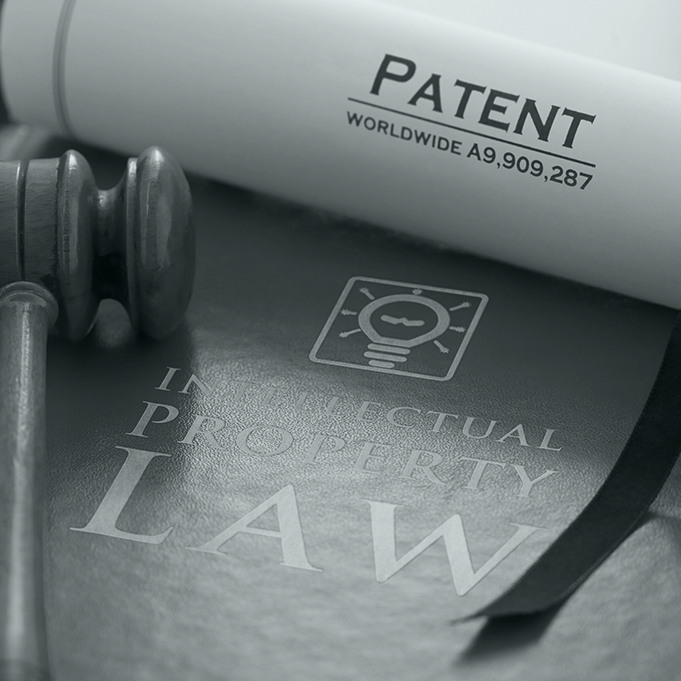Why do I need to amend my description at the European Patent Office?
It has become common practice, in recent years, for the EPO to request that the description of a patent application be amended to be consistent with the claims it intends to grant. In fact, the Guideline for Examination where updated last year to include onerous requirements for such amendments (Part H-V, 2.7 states that “the description must be brought into line with amended claims”). However, a recent decision of the Technical Board of Appeal (T1989/18) has determined that there is no legal basis in the EPC for such amendments to be requested.
T1989/18 is an appeal from a decision of the Examining Division to refuse European Patent Application 12810245.6. Although the Examination Division found the claims to be allowable, it held that amendments to the description did not comply with the requirements of Article 84 EPC (The claims shall define the matter for which protection is sought. They shall be clear and concise and be supported by the description) because they were broader than the subject matter of one of the allowed claims and thus the scope of protection was unclear.
The Board first established that Article 84 EPC requires that the claims be clear, i.e., “that they properly define and delimit the subject-matter for which protection is sought in understandable and unambiguous terms”, and that the claims are “clear in themselves when being read with the normal skills including the knowledge about the prior art, but not including any knowledge derived from the description of the patent application”.
The Board then established that Article 84 EPC only refers to the description in the context that it is required to support the claims. As indicated by the Board “when assessing clarity, the description cannot be relied upon to resolve a clarity issue in a claim, nor can it give rise to any such issue if the definition of the subject matter in the claim is clear per se”. Thus, the Board determined that “if the claims are clear in themselves and supported by the description, their clarity is not affected if the description contains subject-matter which is not claimed”. Consequently, the Board found that Article 84 cannot serve as legal basis for refusal when the description contains subject matter which is not claimed, if the claims themselves are clear.
The Board also considered whether Article 69(1) EPC (“The extent of the protection conferred by a European patent or a European patent application shall be determined by the claims. Nevertheless, the description and drawings shall be used to interpret the claims”) could provide basis for requiring the description to be brought into line with claims intended to grant and to remove from the description embodiments which are not covered by the claims. However, the Board determined that Article 69(1) EPC is of no relevance, since it is not concerned with the requirements of the Convention which are to be met by an application or patent.
In addition, the Board determined that neither Rule 42(1)(c) EPC (“The description shall: disclose the invention, as claimed, in such terms that the technical problem, even if not expressly stated as such, and its solution can be understood, and state any advantageous effects of the invention with reference to the background art”) nor Rule 48(1) (c) EPC (“The European patent application shall not contain: any statement or other matter obviously irrelevant or unnecessary under the circumstances”) could provide basis for requiring the description amendments.
In its conclusion, the Board of Appeal stated that it failed to see how any of the provisions of the EPC, could lead to the requirement that “embodiments disclosed in the description of an application which are of a more general nature than the subject-matter of a given independent claim must constitute potential subject-matter of a claim dependent on that independent claim”. To put it another way, if the claims themselves are clear, then their clarity is not affected if the description contains subject-matter which is not claimed. Therefore, the EPC does not require the description to be brought into line with the claims to be granted.
Consequently, it appears as if the EPO is now contradicting the EPC. The Guidelines and Examiners require the description to be amended to be consistent to with the claims intended to grant. However, the Board of Appeal have now established in T1989/18 that there is no legal basis for this requirement. We will have to wait and see whether the EPO amends the Guidelines in view of this decision. In the meantime, I would not be surprised to see Attorneys being more resistant to amending descriptions going forward as they now have a Board of Appeal decision to rely upon.
A copy of T1989/18 can be found here: https://www.epo.org/law-practice/case-law-appeals/recent/t181989eu1.html
